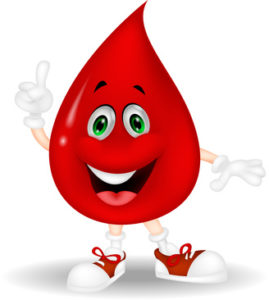Autologous blood therapy in Orthopaedics

Autologous blood therapy with Enriched thrombocyte Plasma (Platelet rich Plasma = PRP) in Orthopedics.
Cytokines play an important role in the development of orthopaedic diseases. Cytokines are the body’s own proteins and regulate the growth and development of cells and tissues. Simplified, they can inhibit the destruction of cartilage, muscle, spinal tissue and other (joint) structures. These cytokines are obtained from platelet-rich plasma (PRP). PRP is a natural platelet concentrate that is obtained from the plasma portion of the patient’s own blood by mechanical separation, usually by centrifugation.
PRP can
- activate respectively develop the tissue-specific and the self-healing powers of your body
- accelerate the process of the already existing self healing-powers in your body and intensifying their effects
- activate this self-healing reaction exclusively with your body’s substances
- and thus affecting positively the self-healing processes in the tissue of your body
Course of autologous blood therapy
A small amount of blood (10 ml) is taken from a vein in your arm in the same way as for a blood test. A special technique (centrifuge) is then used to separate out the part of the blood containing autologous (i.e., occurring naturally in the body) regenerative (healing) components which inhibit osteoarthritis. The natural solution obtained in this way is then injected into the affected joint under sterile conditions, thus offering the greatest possible level of safety. The effect: as soon as the thrombocytes are activated outside the bloodstream, they release growth factors. The plasma gained by this procedure is injected in the affected areas of the body and the natural healing processes are activated and accelerated.
Application
By using concentrated blood growth factor healing and build-up processes among others in the damaged bone, joint cartilage, tendons and/or ligaments can be activated. Clinical results show significant improvements concerning the mobilitity in case of a preexisting restriction of motion with a simultaneous reduction of pain.
Indications
Tendinious inflammations, as for example the “Tenn
- Localised cartilagenous damages e.g. the Osteochondrosis dissecans
- Bone fractures
- Muscle injuries
- Tendinitis, such as tennis elbow, golfer’s elbow, patellar tendonitis or Achilles tendon pain.
No performance in case of infection or immunodeficiency!!
This form of therapy is not a KVG benefit!!


